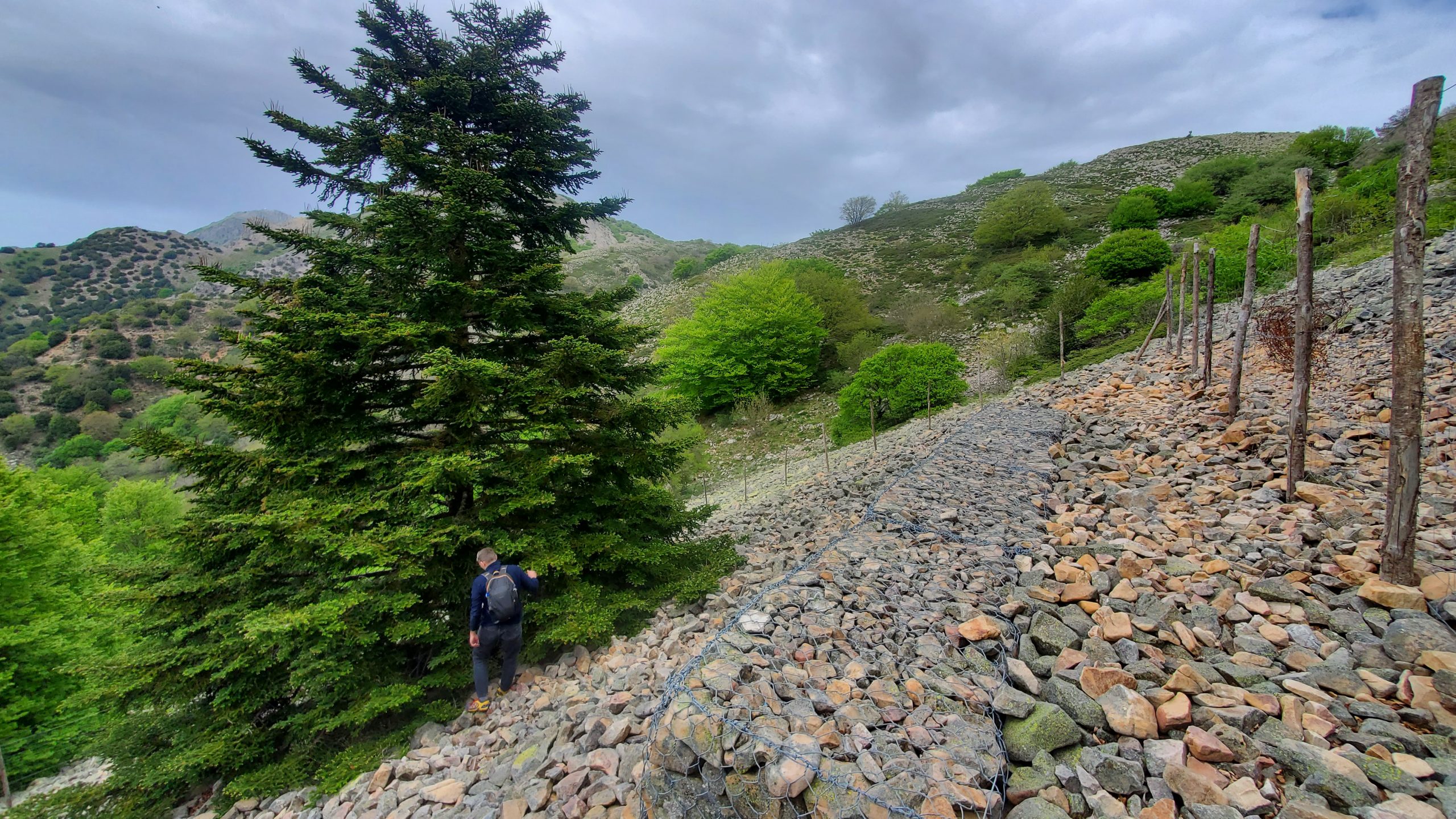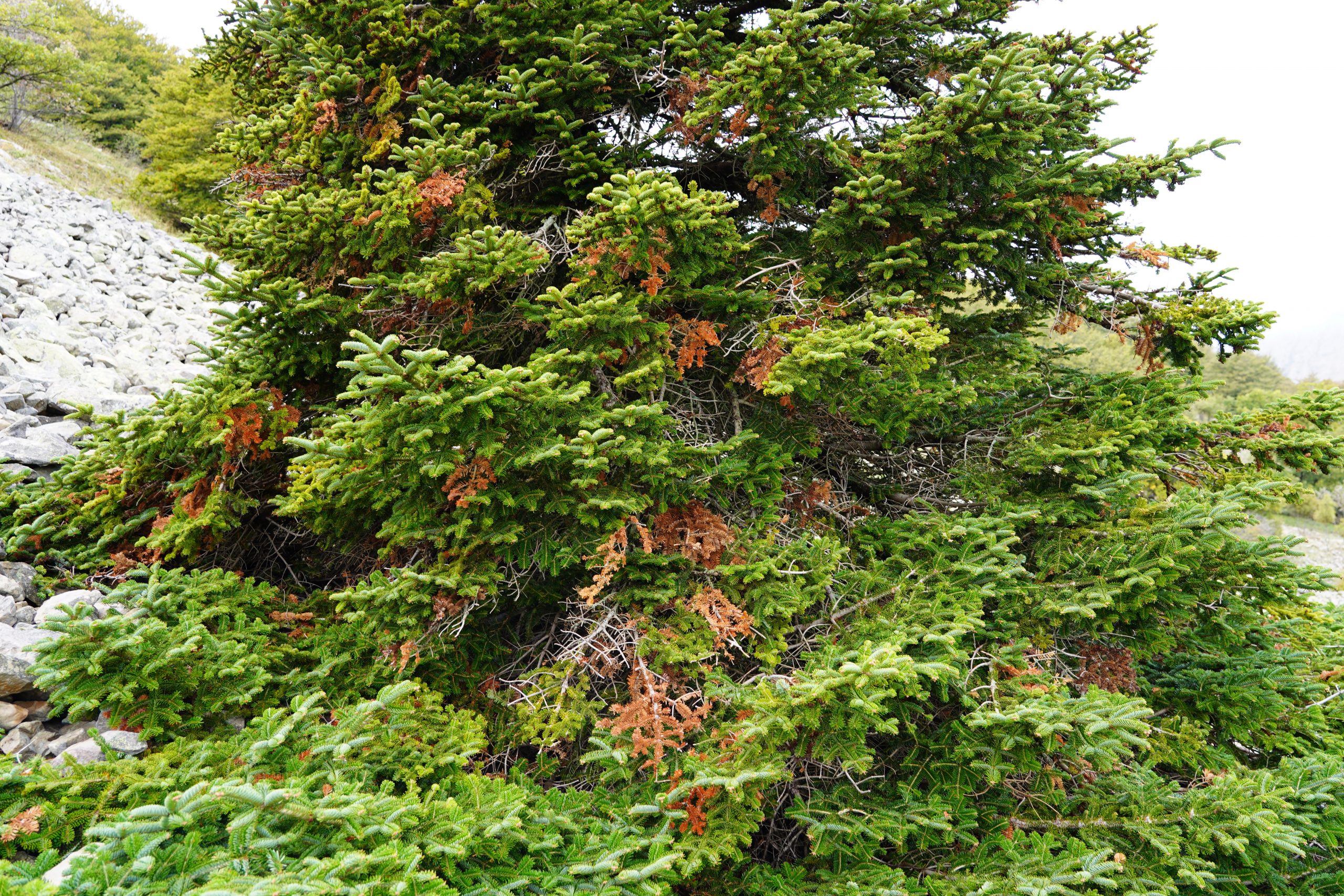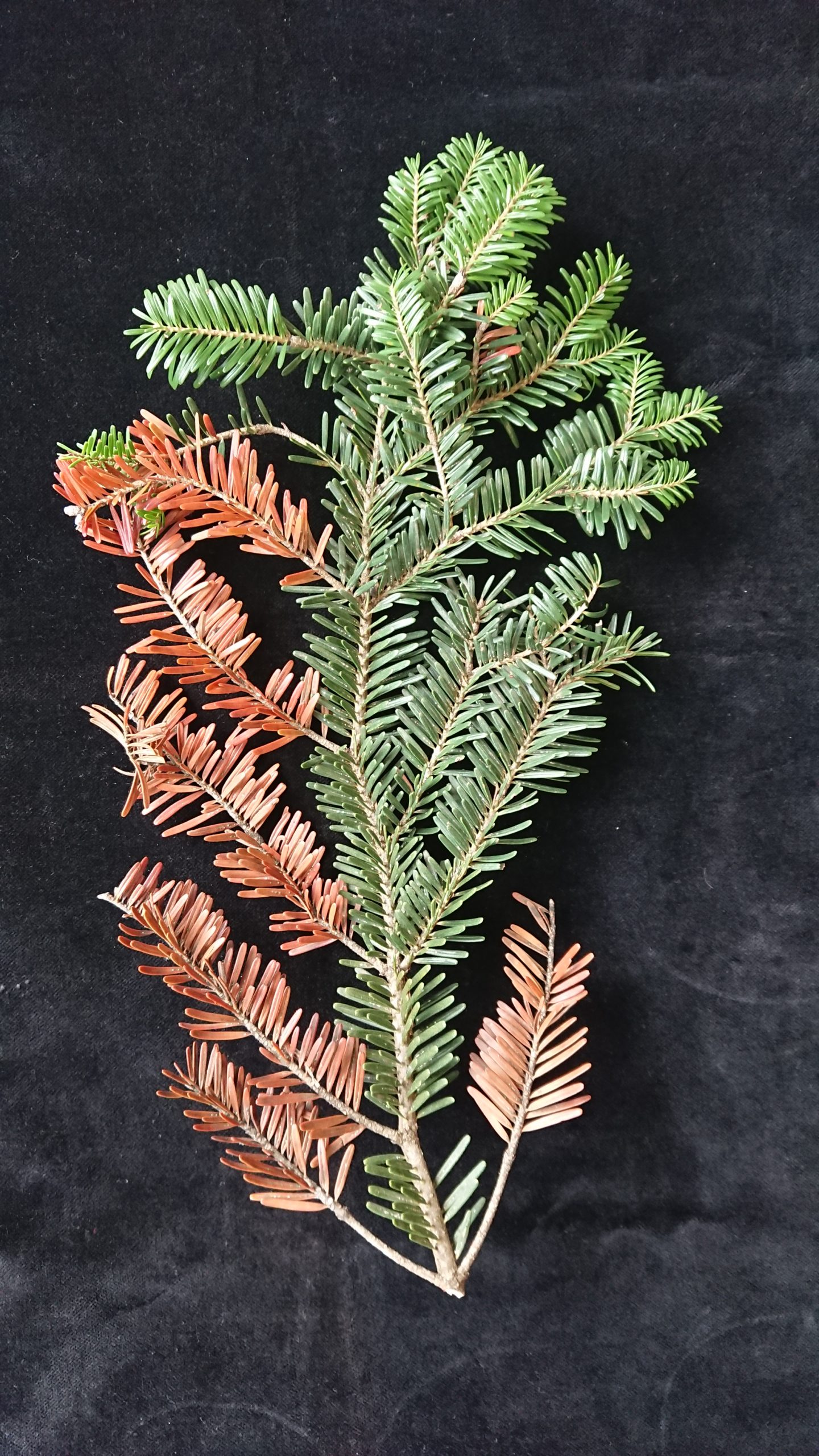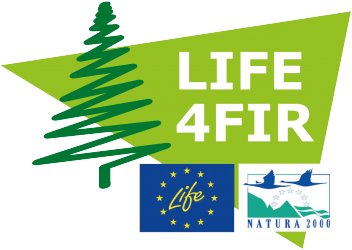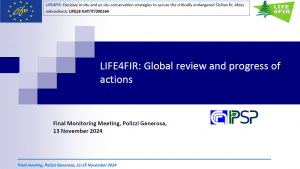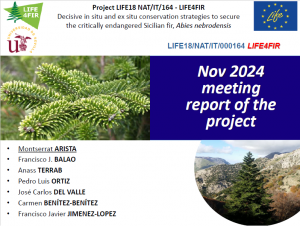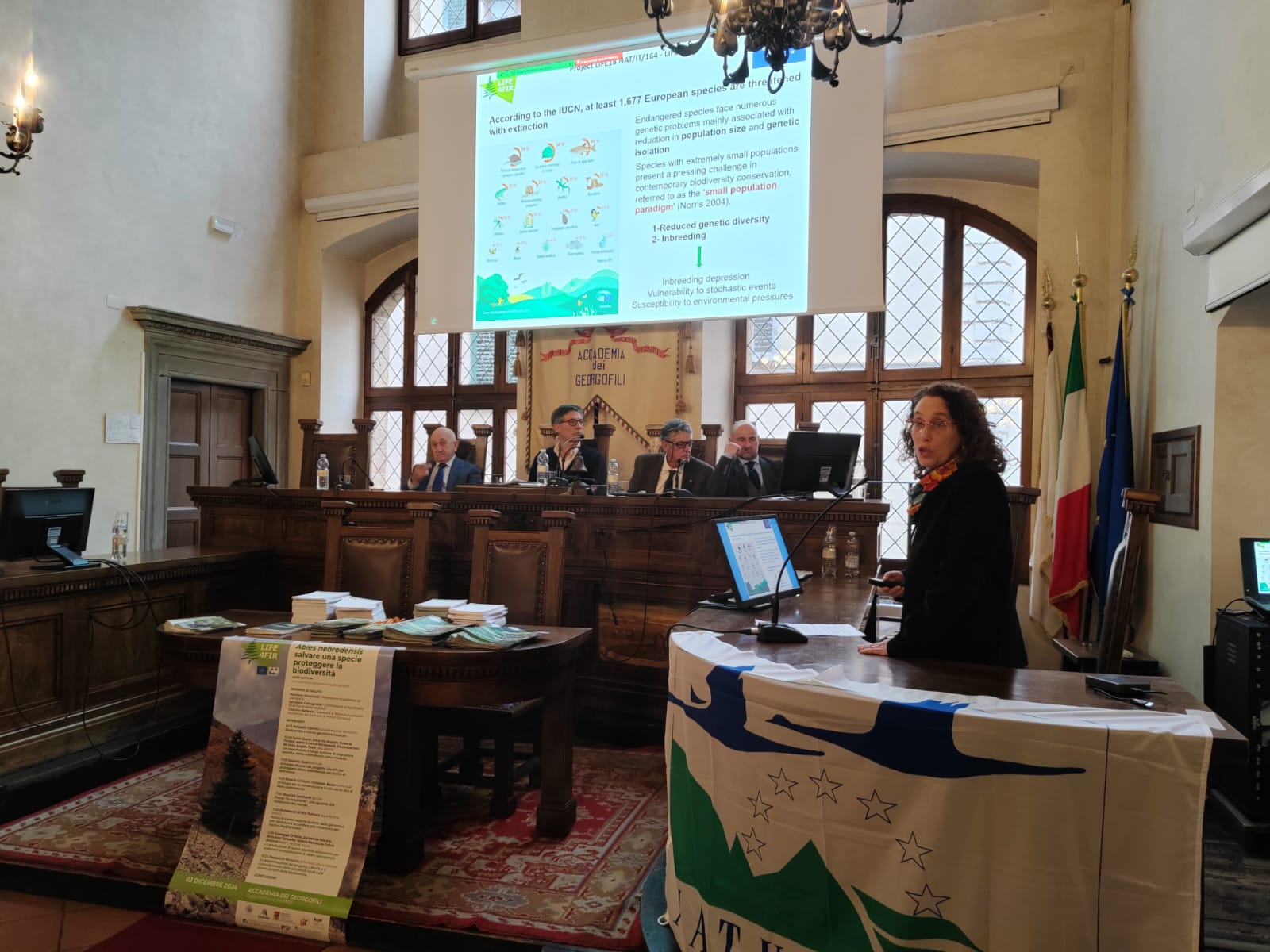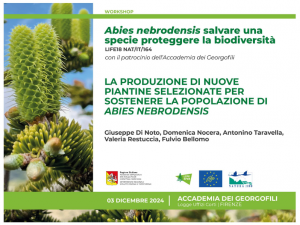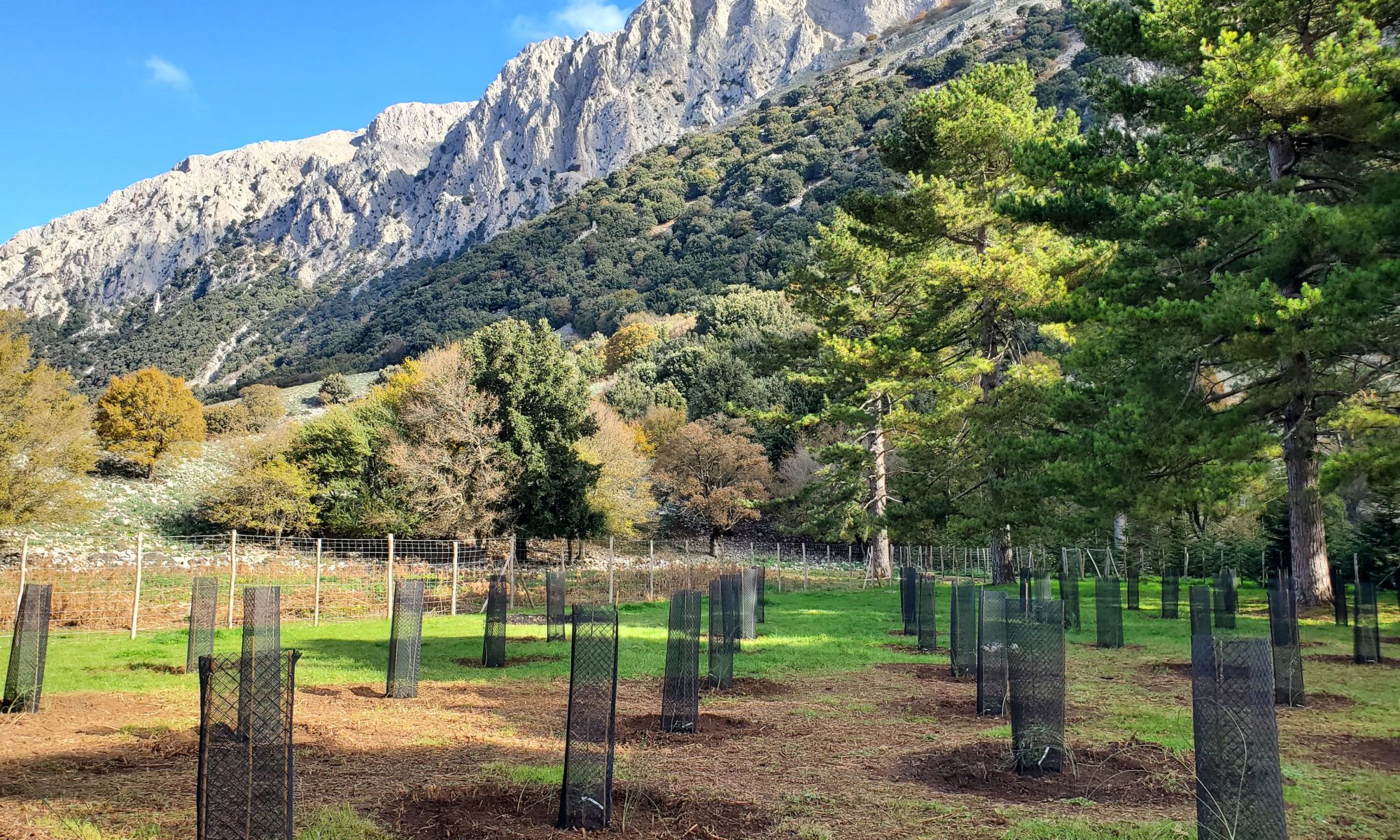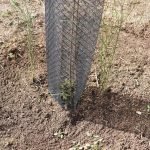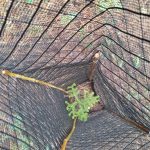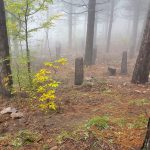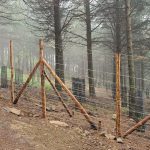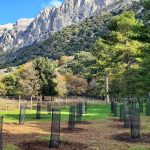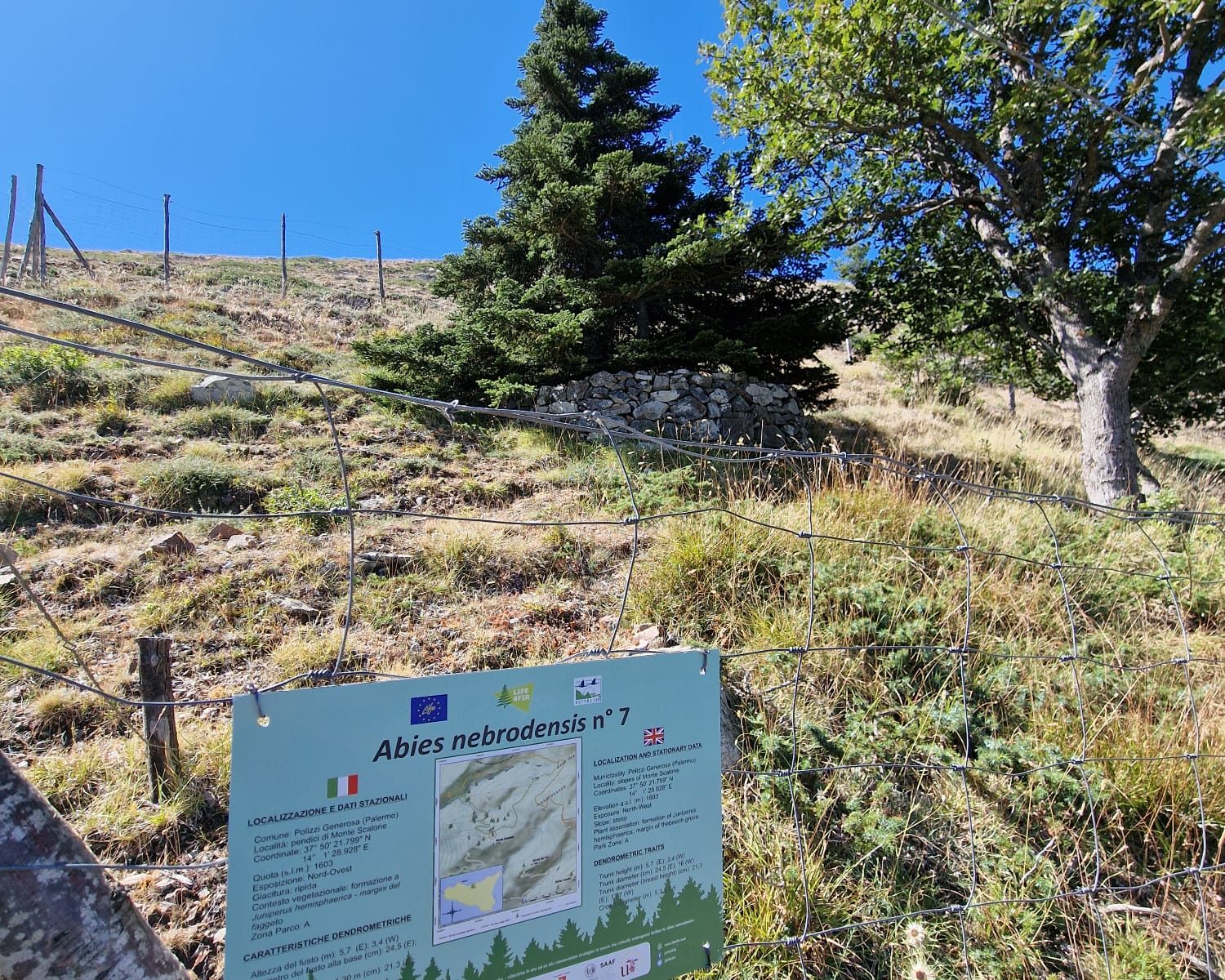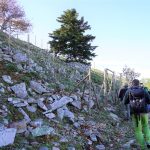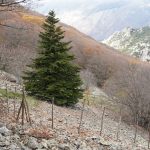Final Meeting held on November 13, 2024, in the premises of the Municipality of Polizzi Generosa, with the participation of the project advisor, Dr. Manuela Osmi and the project monitor Dr. Alberto Cozzi. The meeting was aimed at thoroughly presenting the results obtained by the project and the tools developed for the conservation of Abies nebrodensis. In the same week (November 11-15) visits to the intervention sites, in particular to the 10 reforestation plots just completed, the clonal orchard, the cryobank and the seed bank made it possible to show the implementation of all the actions as reported in the GA.
Progress meeting for the 54 months of the LIFE4FIR project – 14 May 2024
Progress Meeting held on May 14th 2024 at the premises of the Madonie Park Authority in Petralia Sottana. The activities to be completed were focused and the timing to complete the actions still in progress was defined according to the extension request.
Final workshop of the LIFE4FIR project – Florence, 3 December 2024
Final workshop on ‘Abies nebrodensis: saving a species, protecting biodiversity’, held on 3 December 2024 at the Accademia dei Georgofili in Florence. The event, organized at the end of the project, was aimed at presenting the tools developed and the results obtained by the project, evaluate their impact on the conservation of Abies nebrodensis and promote the importance of biodiversity and its conservation.
LIFE4FIR at DIDACTA – Florence, 20-22 March 2024
EPM participation at DIDACTA, fair for schools, Florence, 20-22th March 2024, where activities and objectives of the Life4fir project were illustrated among the other things
LIFE4FIR within the framework of the ‘Seminars of the CREA Research Centre for Horticulture and Floriculture’ – 29 May 2024
Online seminar by Barberini and Danti on ‘Measures to counteract genetic ersosion and endogamy in endangered species: the Abies nebrodensis case study’ has been scheduled for the May 29th 2024 within the ‘I seminari del CREA Centro di Ricerca Orticoltura e Florovivaismo’ for the formation of PhD students, research fellows and post-doc.
Setting up the clonal orchard
In the ‘Piano Noce’ forest nursery, the clonal orchard was set up with the aim of conserving the A. nebrodensis population’s germplasm and promoting the production of improved seed in the future, since the grafted plants grow close one another and are able to crossbreed when they reach fertility. All 30 trees of the natural population are represented in the orchard, propagated by grafting, following an optimized protocol.
Completion of the reforestation nuclei
In November 2024, the setting up of the 10 reforestation nuclei of Abies nebrodensis within the Madonie Park was completed. After the first two plots, set up in April 2023 in the Favarotti and Mandarini sites, the remaining plots were completed in the Case Prato, Sanguisughe, Quacella, Piano Formaggio, Savochella, Fegotti, Pantano, Serra Arcia sites. The new plantations were created between 750 and 1610 m elevation a.s.l., taking into account the ecological characteristics of Abies nebrodensis. A total of 3500 selected seedlings were planted with the aim of promoting the re-diffusion and dynamism of the population.
Success of Grafting Propagation
The trees from the natural population were propagated using an innovative grafting technique that achieved a rooting success rate of over 50%, a rate never before recorded for this species.
The grafted seedlings are intended for the creation of a clonal arboretum, a specialized facility where all genotypes of the population are represented.
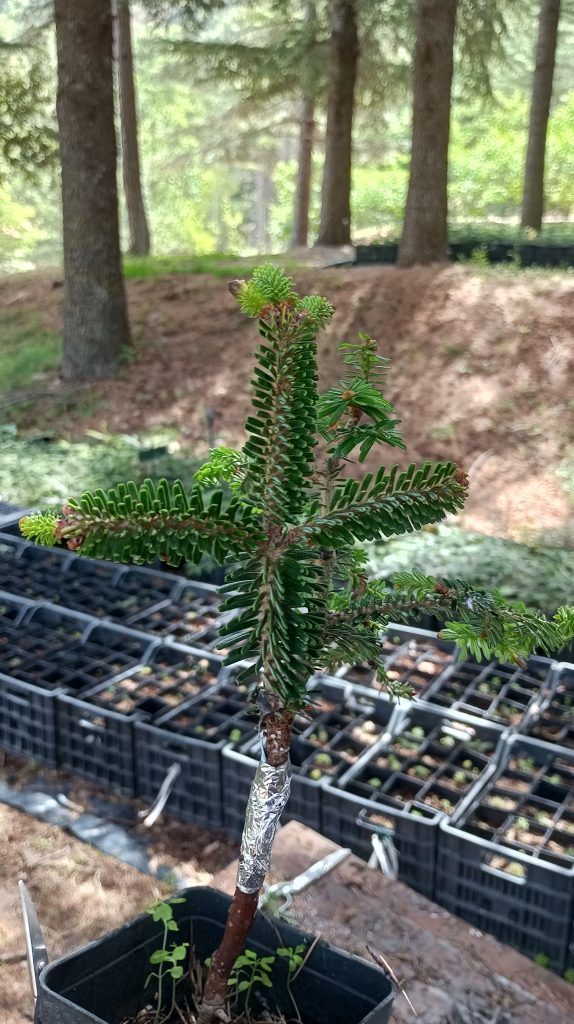
A grafted seedling with new shoots.
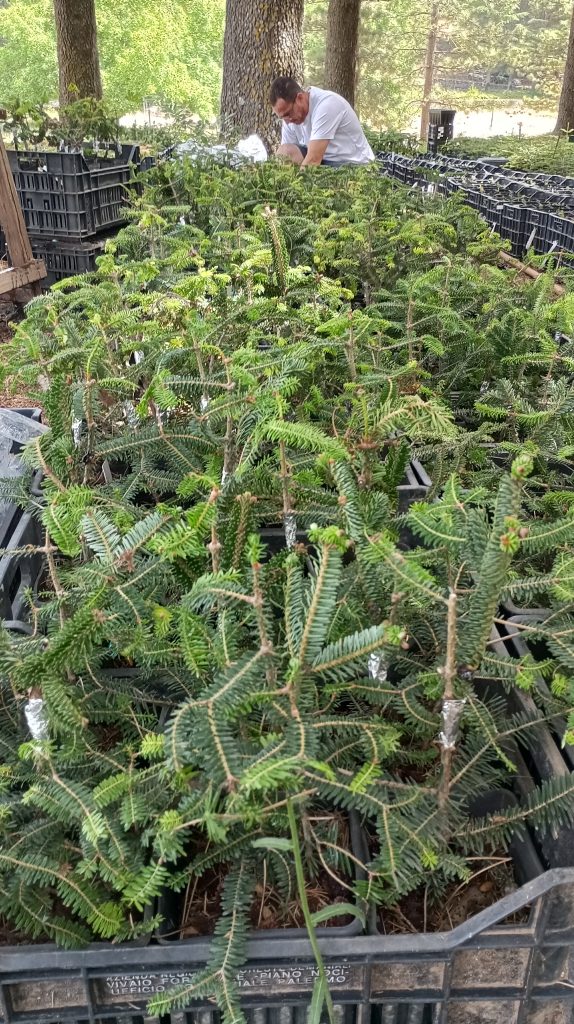
A group of grafted seedlings growing at the ‘Piano Noce’ forest nursery.
Completion of the New Fencing System
In the summer of 2021, the new fencing system to protect the 30 trees of the population and the established natural renewal was completed. 1800 chestnut poles (2.50 meters high) were used, and over 3.5 kilometers were enclosed with netting and metal wires. The protected area was expanded to cover a total surface of 14000 m2 around the Abies nebrodensis plants.
Phytosanitary surveys
Phytosanitary investigations on trees in the natural population have been completed. These investigations included inspections of the foliage, sampling of branches affected by disorders (blight, needle reddening and loss, chlorosis) and isolation of fungal microorganisms have been carried out. Outcomes showed that the disturbances observed are related to the severe environmental conditions which Abies nebrodensis is experiencing, and, together with the fungal community observed on the symptomatic and healthy needles (consisting mainly of weak pathogens and saprophytes,) indicate that the species is able to cope with the restrictions of its habitat.
Find out more in the related article Frascella, A., Barberini, S., Della Rocca, G., Emiliani, G., Di Lonardo, V., Secci, S., & Danti, R. (2024). Insights on the fungal communities associated with needle reddening of the endangered Abies nebrodensis (Journal of Plant Pathology, 1-15).
